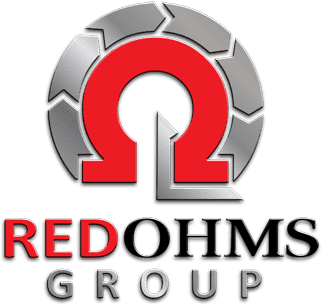Other Hygiene Services
Recent News
WHWB (Workplace Health Without Borders) – Australia
ISO 9001, 14001, 45001 Certified
Indoor Air Quality (IAQ) and mould assessments
An Indoor Air Quality Audit includes sampling services assessment and identification of airborne and hazardous contaminants in an indoor environment resulting from a number of sources including mould, stagnant water and other water damage.
Some of the testing to assess Indoor Air Quality
- IAQ Parameter Testing
- Continuous IAQ Parameters Testing
- IAQ Baseline Modelling
- IAQ Parameter Testing based on EPA and WHO Standards
Mould Inspection, Assessment and Testing
You may have noticed a musty odour smell in your home or workplace, or maybe there is staining or discolouration of walls and ceilings. Mould growth is likely the culprit. There is one way to confirm it mould through inspection, assessment and testing.
The presence of mould in buildings is a serious problem that can affect the health of the occupants. OHMS Hygiene offers a mould inspection, assessment, and testing services. Having a professional assessment or testing of indoor mould growth is a crucial step in creating a comprehensive remediation plan and strategy.
OHMS Hygiene services includes visual assessments of the infected area, sample collection with different test methods, investigation and identification of mould spores and formulate remediation strategy (if necessary). OHMS Hygiene understands that the successful remediation of mouth growth problems requires more than just testing. OHMS Hygiene investigates the source, defines the causes and provides a practical solution.
Why mould grow indoors?
Mould is a type of fungus that breaks down organic material, and it needs moisture, a warm temperature, and a food source to grow. Sources of moisture include leaks and condensation, as well as air humidity levels. Mould often grows in damp locations in our homes and workplaces such as wallboards, ceilings, insulations, and carpeting. Indoor mould growth poses health risks because of its negative effect on indoor air quality. Air pollution caused by mould leads to symptoms that include upper respiratory congestion, coughing, and asthma. In additional to having adverse health effects, mould causes structural damage to buildings. Some types of mould are more harmful than others, so inspecting and identifying mould species is an integral part of an effective mould remediation strategy.
How mould growth affects indoor air quality?
Mould spores are a common cause of poor indoor air quality. Like how plants release their seeds to proliferate, moulds also release spores into the air in order to spread. The concentration of mould spores indoors can vary depending on the time of year and the efficacy of your ventilation system, as well as several other factors.
Repeated exposure to high concentrations of mould spores can cause chronic health problems. Here are just a few common symptoms of poor indoor air quality due to mould:
Respiratory problems (including asthma)
- Coughing, sneezing, and wheezing
- Shortness of breath
- Frequent headaches
- Eye, throat, or skin irritation
- Dizziness
- Disorientation or confusion
- Chronic fatigue
- Nausea or vomiting
- Worsening allergies
- Anxiety
What is mould commonly known as?
Mould, also sometimes referred to as mildew, is a fungal growth that develops on moist or wet surfaces. There are many types of mould, but all require moisture and a food source for growth.
What are mycotoxins?
Some mould produces mycotoxins, which is a chemical component of their cell walls, which can pose serious health risk to humans.
What is toxic mould?
Toxic mould refers to mould which produce mycotoxins. Prolonged exposure to high concentration of mycotoxins can lead to neurological problems and death. Mycotoxins can persist in the indoor environment even after the death of the fungi.
Long terms effects
Years of exposure to mould can lead to respiratory diseases, heart diseases cancer.
People, Process, Safety
RED OHMS Hygiene is a consultancy service that aims to assist our clients in achieving industry best practice to advance their safety culture. RED OHMS Hygiene replaces good luck with great science and provides stakeholders with best practice tools and metrics to improve the health and welfare of workers, visitors and the community. Our team understands your business and that consultation and communication with all stakeholders is key to achieving your health and safety goals.




